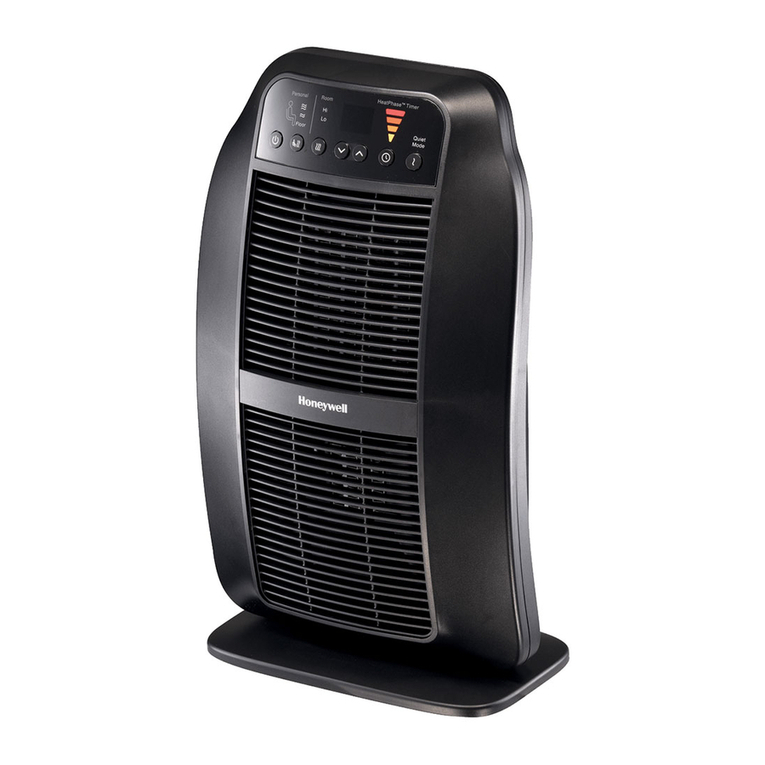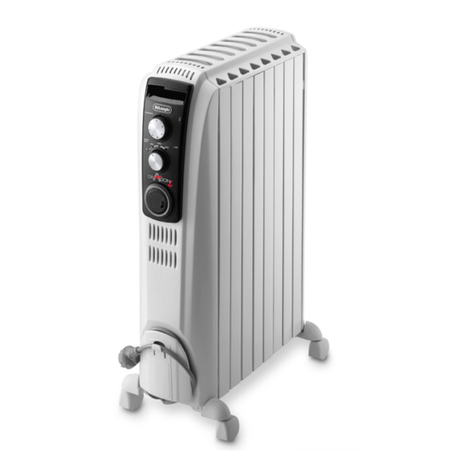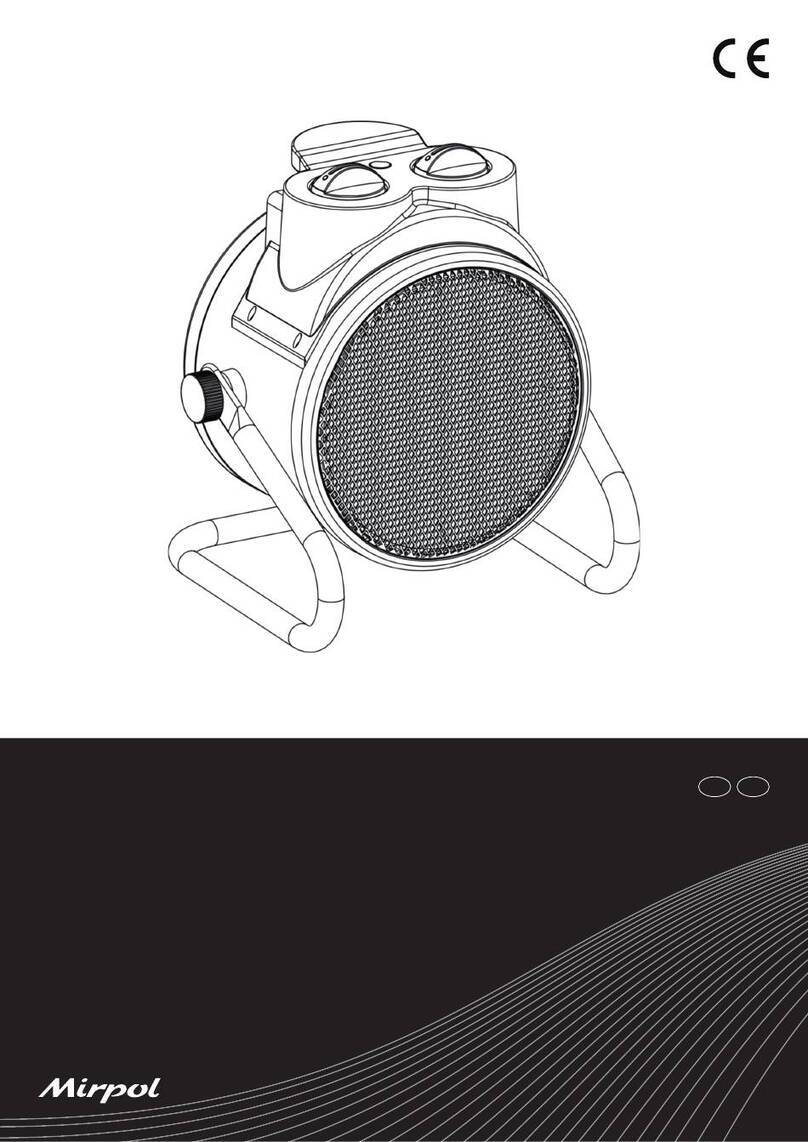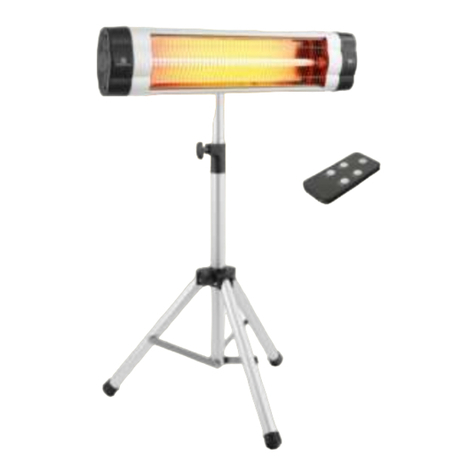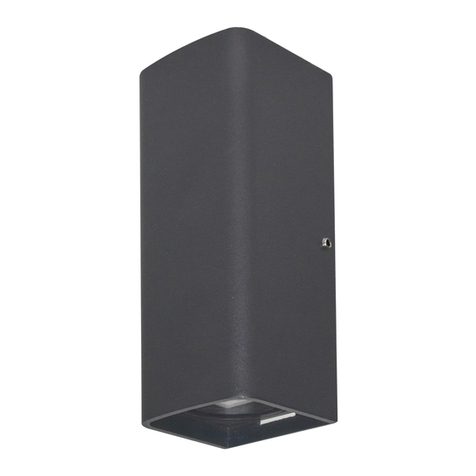AUTOTERM PLANAR-2D-12/24 User manual




















This manual suits for next models
3
Table of contents
Other AUTOTERM Heater manuals
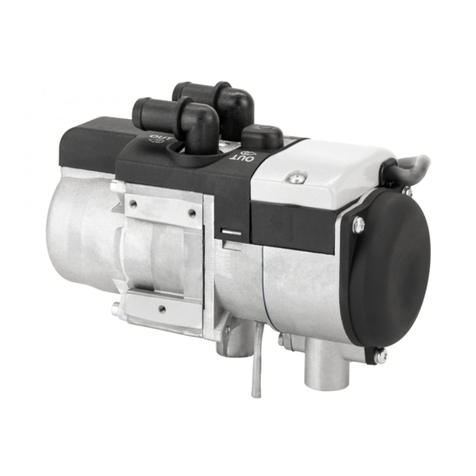
AUTOTERM
AUTOTERM FLOW-5D User manual
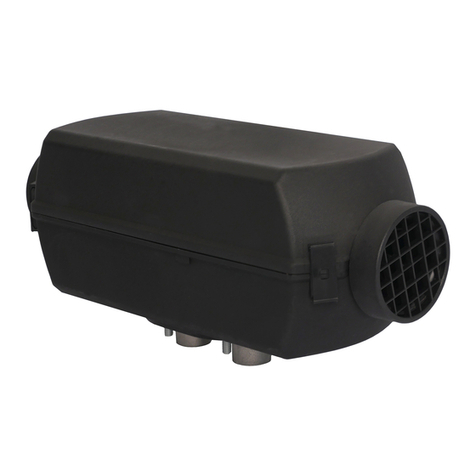
AUTOTERM
AUTOTERM PLANAR 2D-12 User manual

AUTOTERM
AUTOTERM AIR-2D 12V/24V User manual
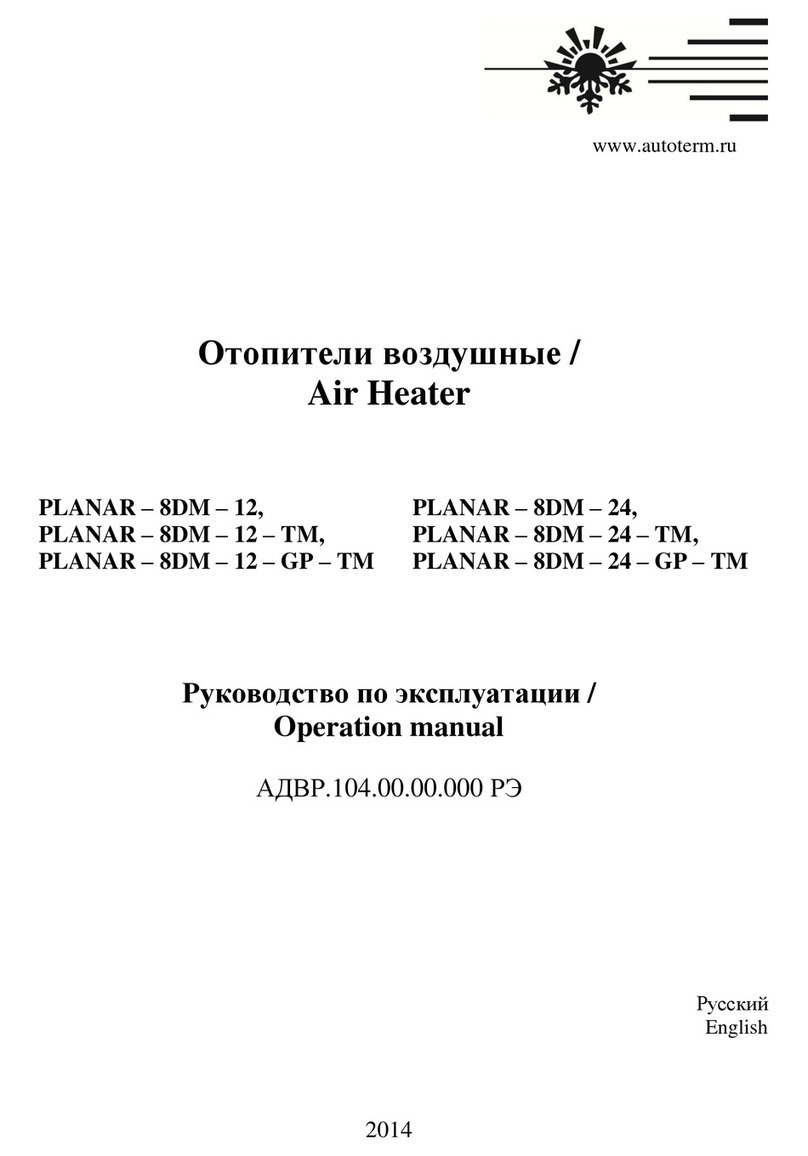
AUTOTERM
AUTOTERM PLANAR-8DM-12 User manual
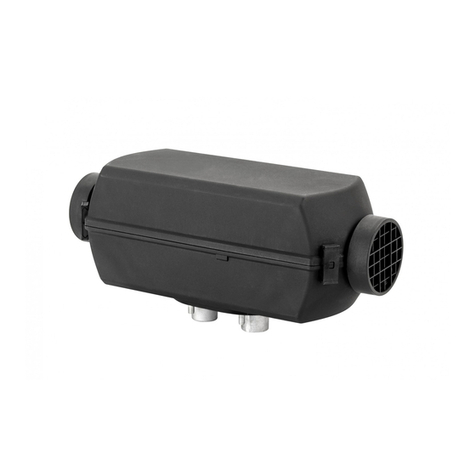
AUTOTERM
AUTOTERM PLANAR AIR-2D 12V Specification sheet
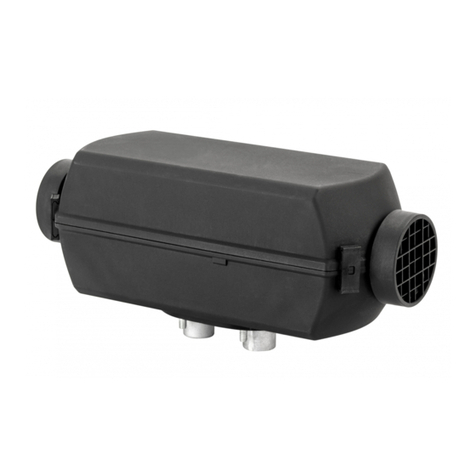
AUTOTERM
AUTOTERM PLANAR-8DM-12 User manual
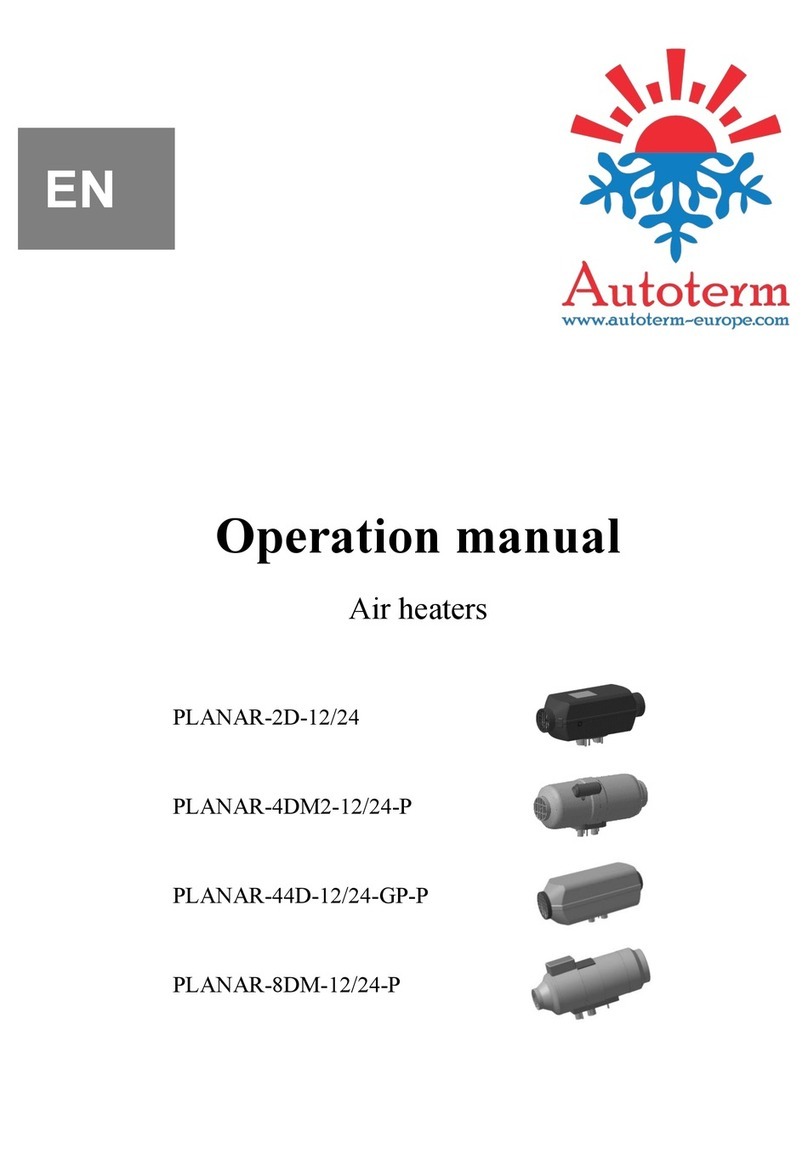
AUTOTERM
AUTOTERM PLANAR-4DM2-12/24-P User manual

AUTOTERM
AUTOTERM 14TC-10-24-C User manual
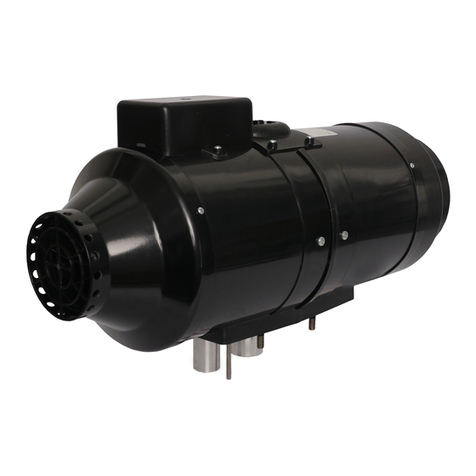
AUTOTERM
AUTOTERM PLANAR - 8DM - 12 User manual
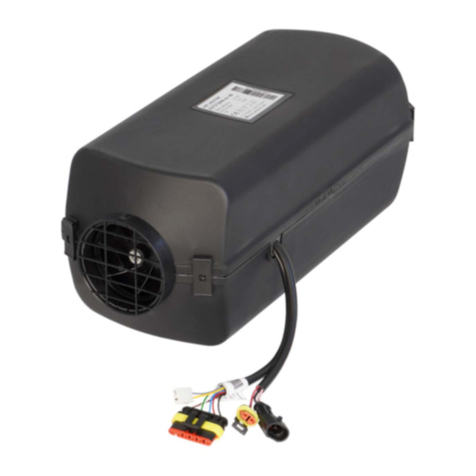
AUTOTERM
AUTOTERM Air 4B User manual
Popular Heater manuals by other brands

HEATSTRIP
HEATSTRIP THH1800AP Product & assembly manual
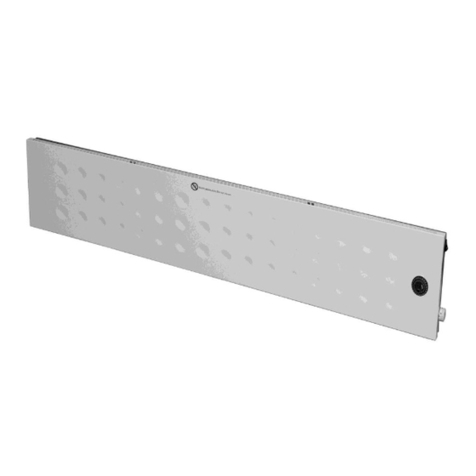
Prem-I-Air Elite
Prem-I-Air Elite EH1392 instructions
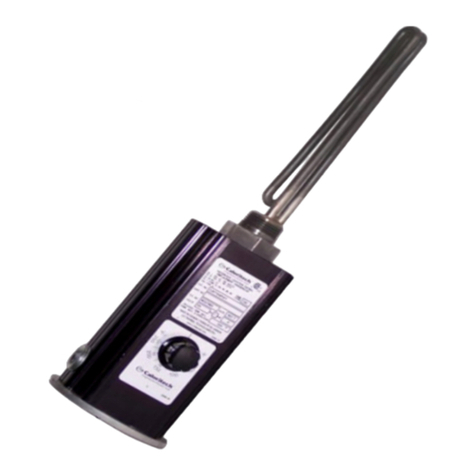
Caloritech
Caloritech CX Series Installation, operation & maintenance instructions
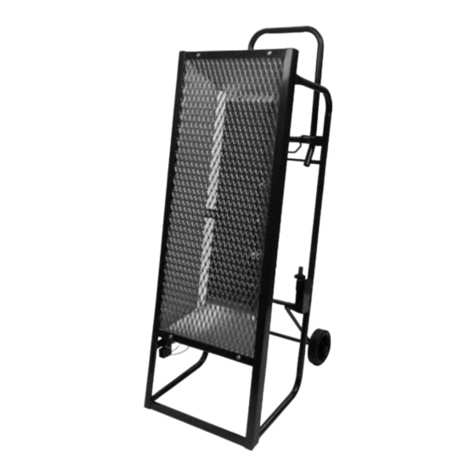
L.B. White
L.B. White CR035 Owner's manual and instructions

Dimplex
Dimplex Quantum series Installation and operating manual

Reznor
Reznor GUARDIAN GB 1500 installation manual
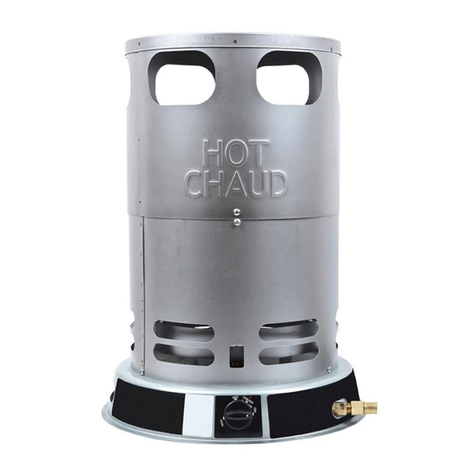
Master
Master MH-80V-LPC User's manual and operating instructions
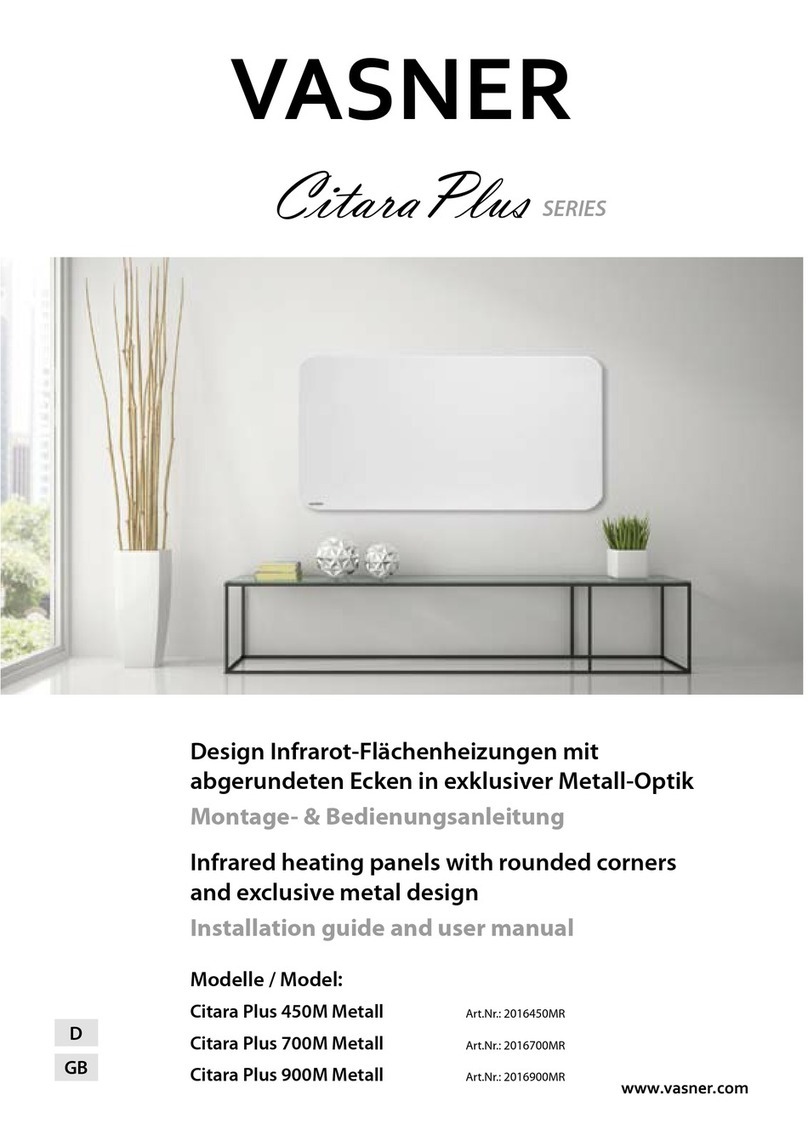
Vasner
Vasner Citara Plus SERIES Installation guide and user's manual
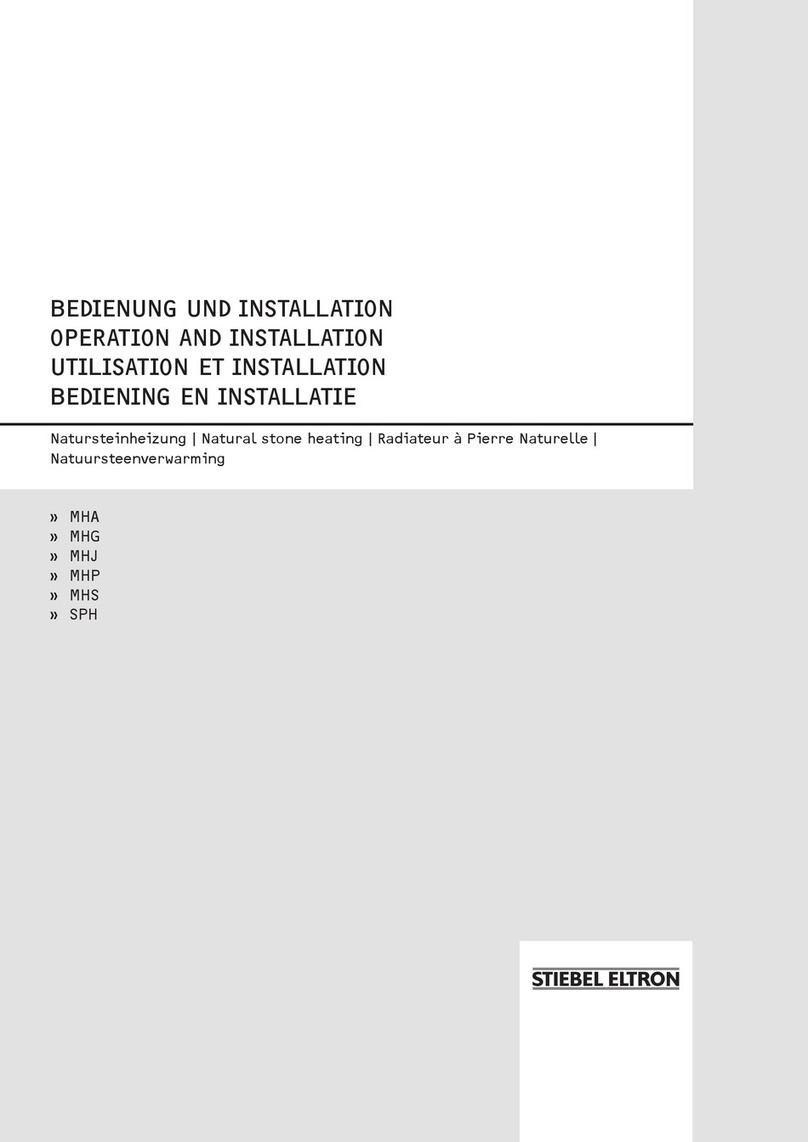
STIEBEL ELTRON
STIEBEL ELTRON MHA Series Operation and installation
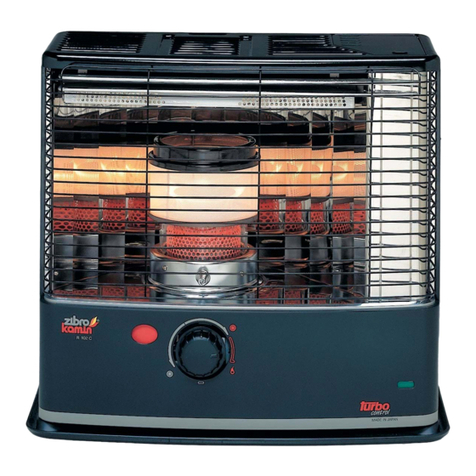
Zibro
Zibro Kamin R 102 C Operation manual

Dimplex
Dimplex B075E Installation and operating instructions

Claudgen
Claudgen HE8326-33 Installation, operation and maintenance instructions
